Frequently Asked Questions
-
NIRS is based on the absorption of light by certain chromophores. When NIRS is used on biological tissue the main absorbing chromophores are hemoglobin and myoglobin. Both these chromophores have similar absorption spectra and cannot be distinguished using NIRS. However, most important for NIRS are the changes in oxygen binding to these chromophores. Very often only hemoglobin is used to refer to both chromophores, as also by us. Hemoglobin mainly exists in two forms, oxy- and deoxyhemoglobin. The NIRS device measures changes in light absorption and uses the modified Lambert-Beer law to calculate changes in hemoglobin concentrations.
Our NIRS devices also can calculate absolute concentrations using spatially resolved spectroscopy (SRS).
For more information, you can refer to the manual or visit our NIRS theory page.
-
To start with, the changes in concentration of oxy- and deoxyhemoglobin. If you add these up you will have the change in concentration of total hemoglobin. Total hemoglobin can be used to calculate local blood volume and blood flow if the concentration of hemoglobin in blood is known. With the high sampling frequency of our devices you can accurately measure response time. Standard on the PortaMon and PortaLite and as an option on the Oxymon, Tissue Saturation Index (TSI) is possible. TSI gives you an absolute percentage of oxygenated hemoglobin. It is also possible to have different wavelength (optional) so you can measure other chromophores.
-
General assumption is made based on Monte Carlo models that the measurement depth is roughly half the distance between the receiver and transmitter optode (Cui, 1991). It mainly depends on the tissue, power settings and the fibers (split/unsplit, length, fiber end) what the maximum distance is. With ideal fibers (unsplit fibers with straight ends), the maximum separation distance is approximately 5.5 cm for the Oxymon. For the PortaMon and PortaLite the maximum distance is 4 cm. We also have special fibers for the Oxymon which can measure at very short distances of ~1cm. The minimum distance of the PortaMon and PortaLite is 3 cm.
-
Yes. Because we use light all our systems can be combined with modalities such as EEG, ECG, EMG, plethysmography, gas exchange analysis, and laser Doppler. Only modalities using (near) infrared light can cause artifacts on the NIRS signal. For example, eye or motion tracking, which uses infrared emitting cameras. This can be solved by carefully covering the area measured by NIRS with a black cloth so no external light can enter the sampled tissue. For the Oxymon we have optional extra-long fibers, with plastic ends so that you can measure inside an MRI scanner or together with MEG, TMS and tDCS.
We offer several solutions for synchronizing the NIRS data with other modalities.
-
PortaMon and PortaLite always have the same type of sensor. There you always use the same template. For the Brite and Oxymon can choose any from the preset template as long as you have the correct type of fibers and enough receivers and transmitters. It is even possible to create your own template! You can do this in the optodetemplate.xml file in your Oxysoft folder. Follow the instructions given with the first template. If you are uncertain about your new template you can always contact us for help.
-
- Acute Care, Ischemia
- ALS
- Animal Imaging
- Autism
- Behavioral studies
- Brain-Computer Interface (BCI) - Neurofeedback
- Child studies
- Elite sports training
- Hypoxia research
- Language, Cognition
- Learning, Memory
- Motor-control and movement-related studies
- Multi-modal studies (NIRS used simultaneously with EEG, TMS, eye-tracking, tDCS, and other modalities).
- Neonatal monitoring
- Sensory, Motor, Visual
- Sports performance studies
- Traumatic Brain Injury (TBI) Studies
- and more.For all applications, visit our publication page.
Near-infrared spectroscopy (NIRS) explained by Artinis
What is NIRS or fNIRS and how does it work? In this webinar series, each of our application specialists, active in the field, explains what you must know in the world of (functional) Near-Infrared Spectroscopy.
OxySoft quick start guide
You will find the whole pipeline of generating OxySoft Near-Infrared Spectroscopy data recordings to analysis software in one playlist. In addition, you will also find out game-changing tips & tricks coming right from our experts!

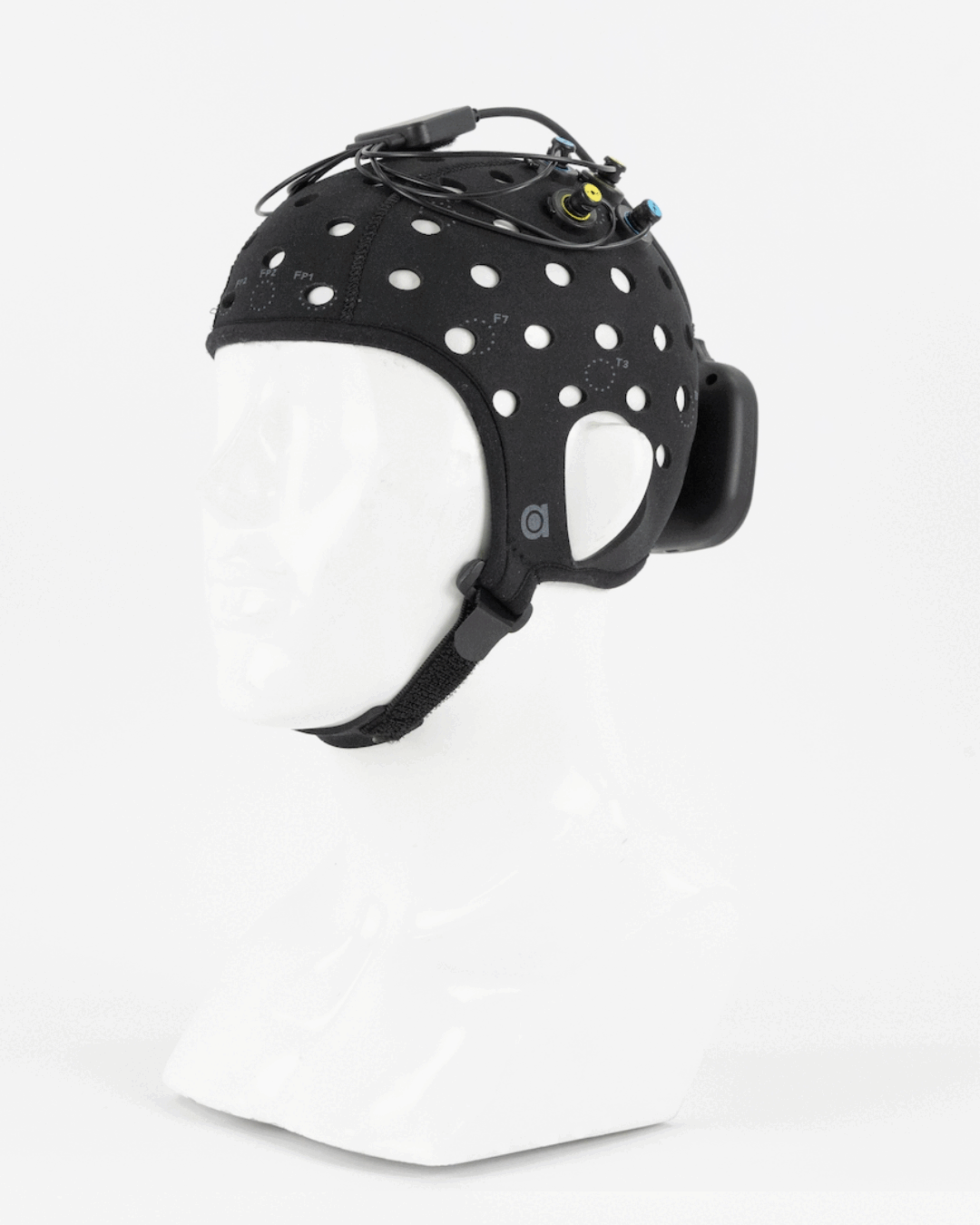
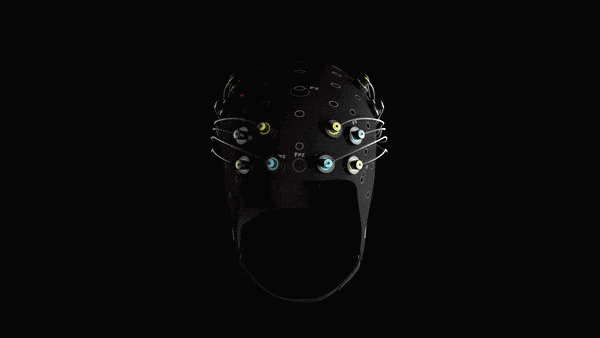
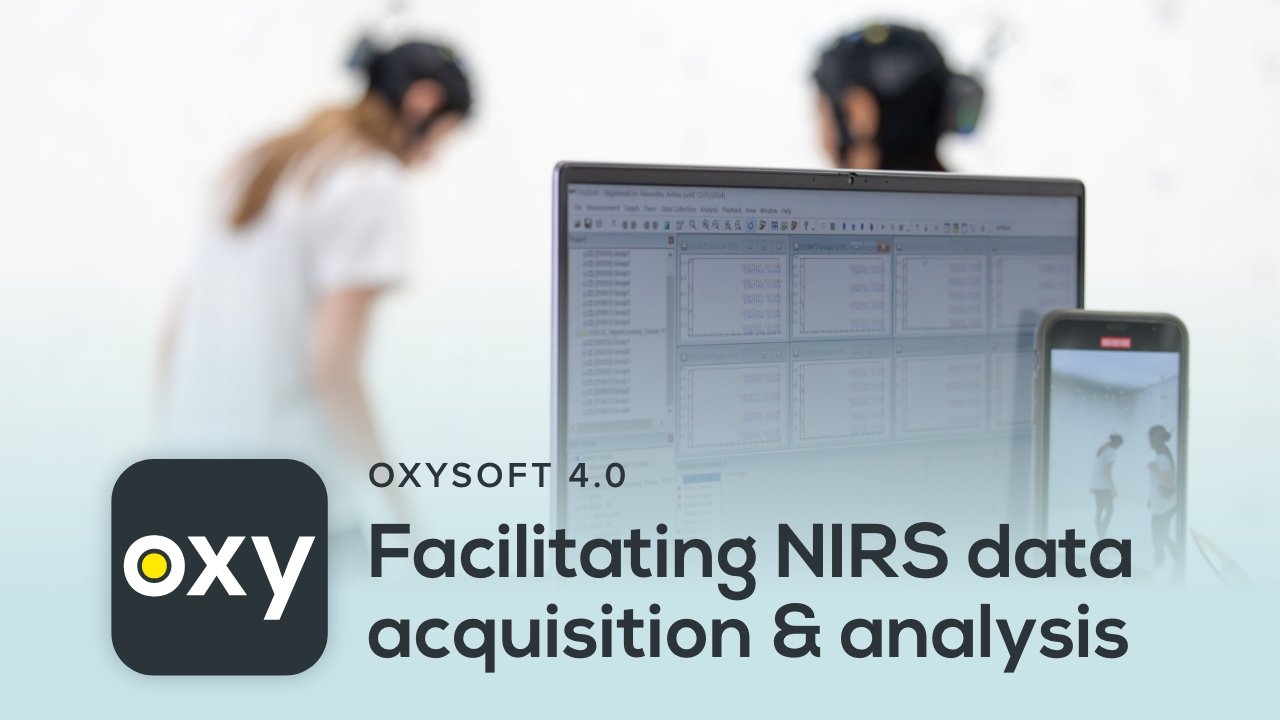
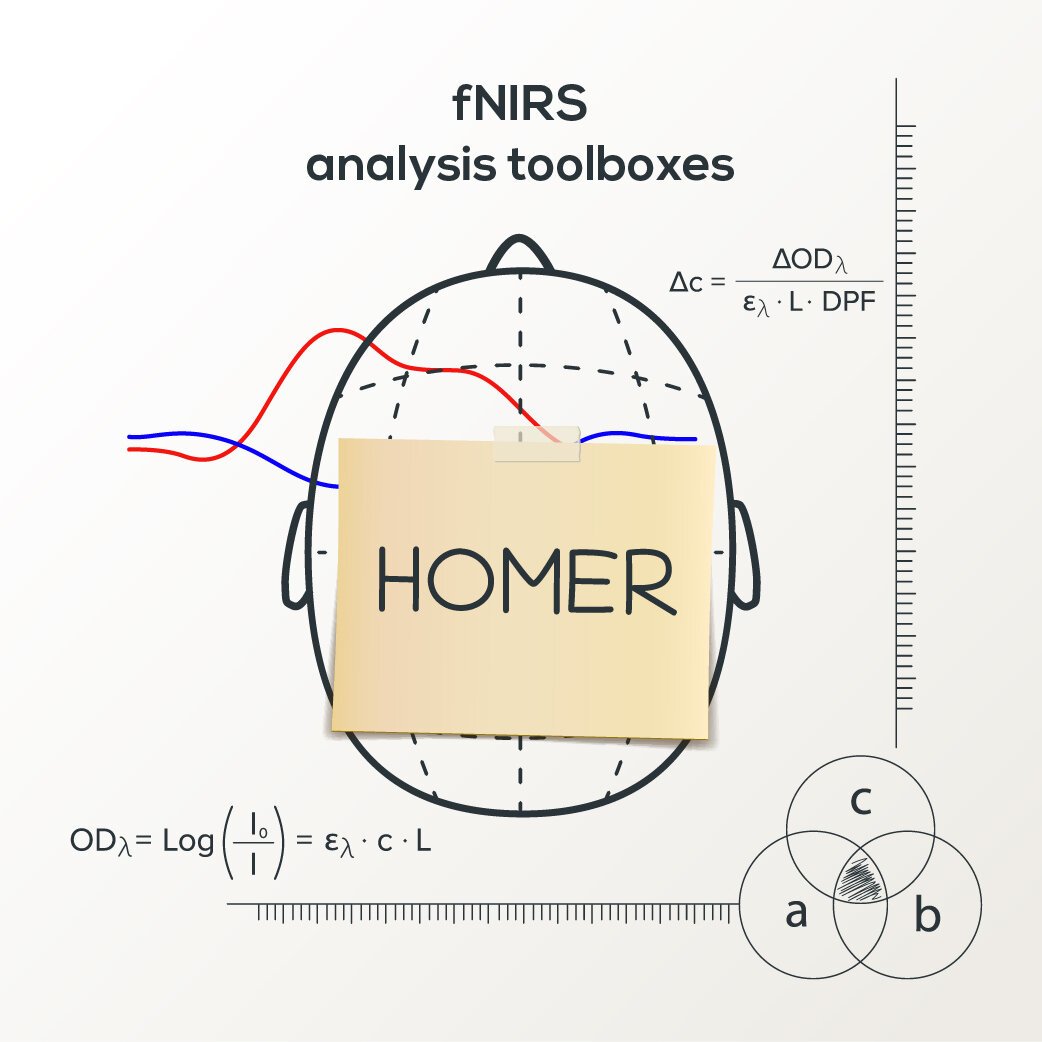
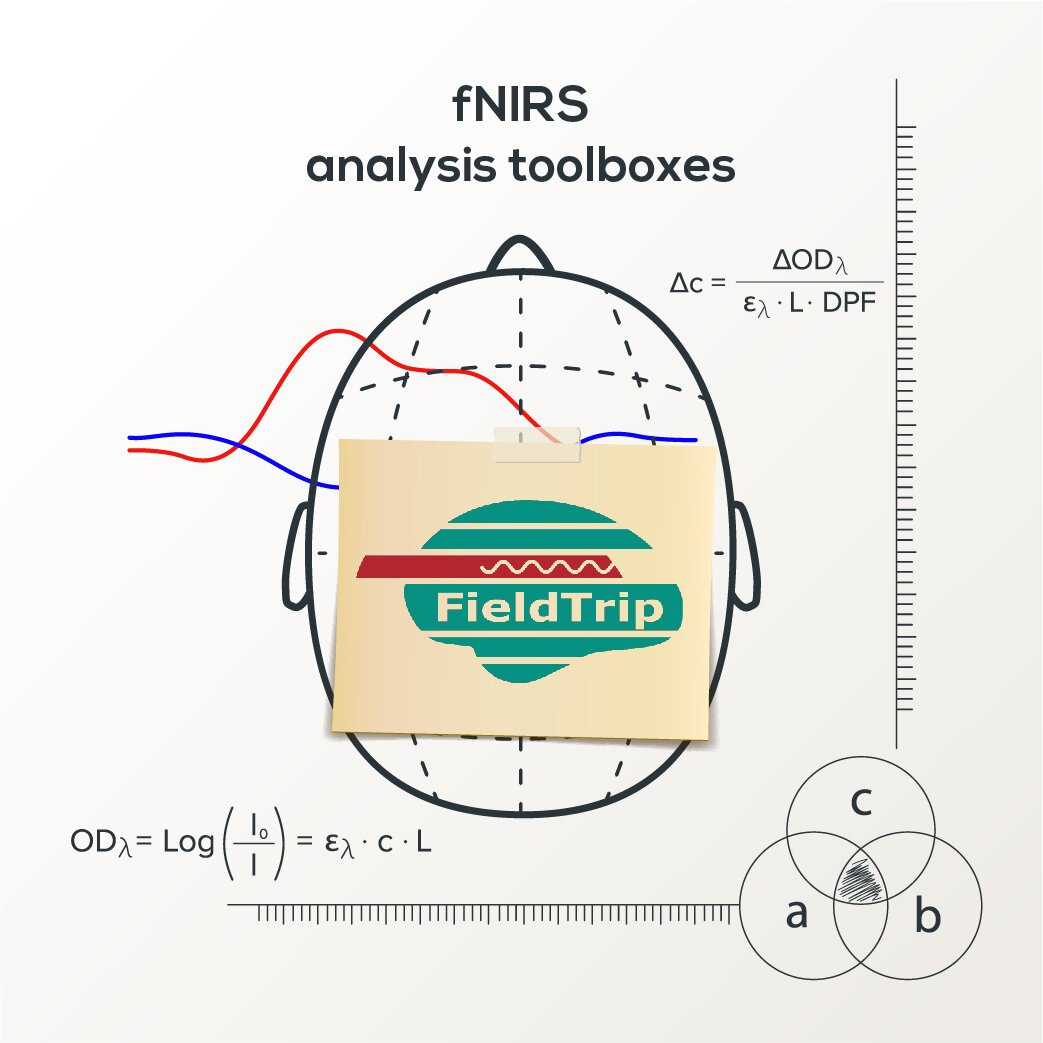
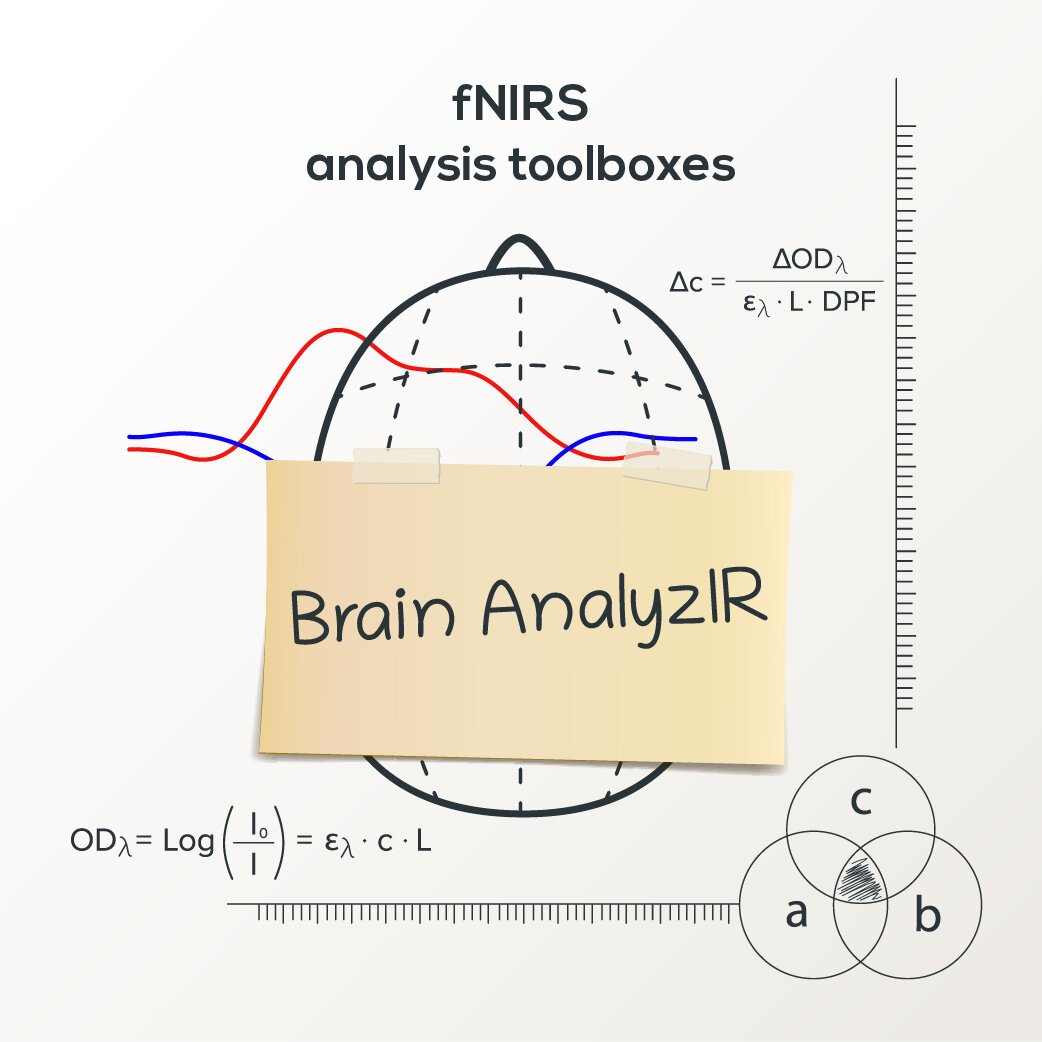

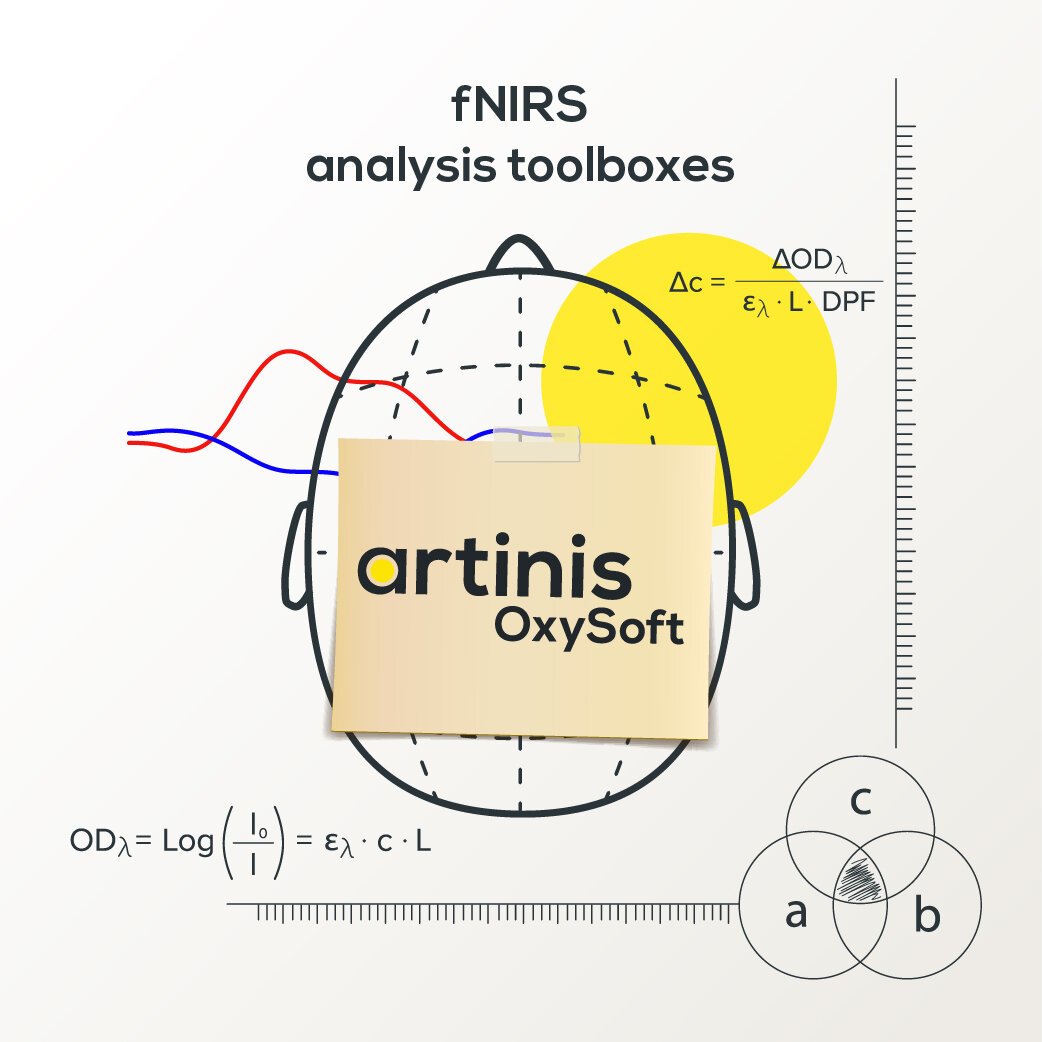


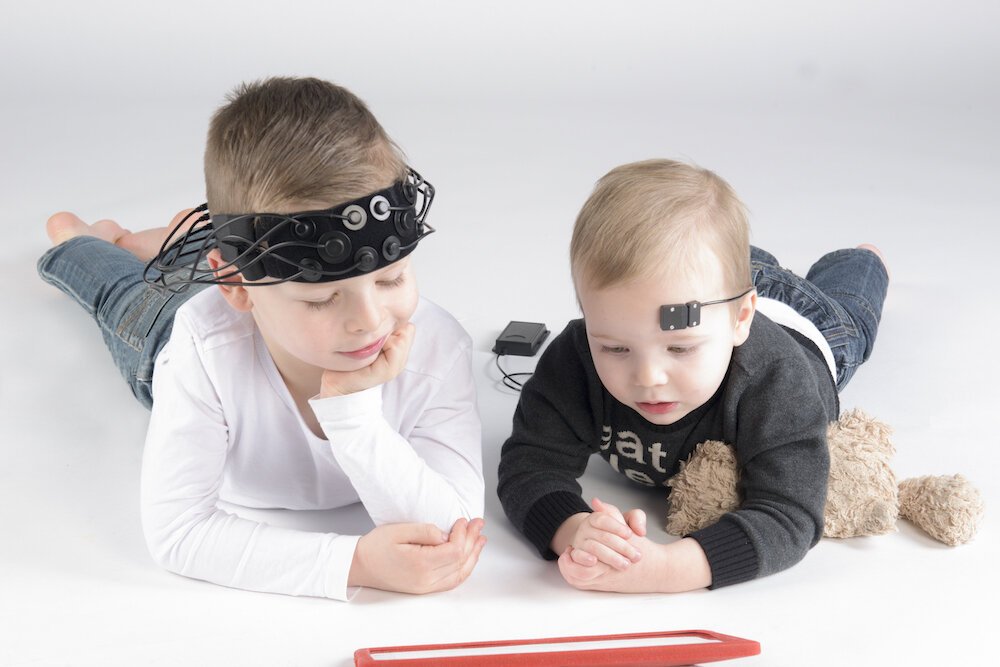
In this blog post, we present MNE-NIRS, a Python toolbox for analyzing NIRS/fNIRS data, which aims at researchers with a background in engineering, neuroscience and/or AI. The toolbox is handled by scripting the processing pipeline, which can be done in a regular Python script or within a Jupyter notebook.